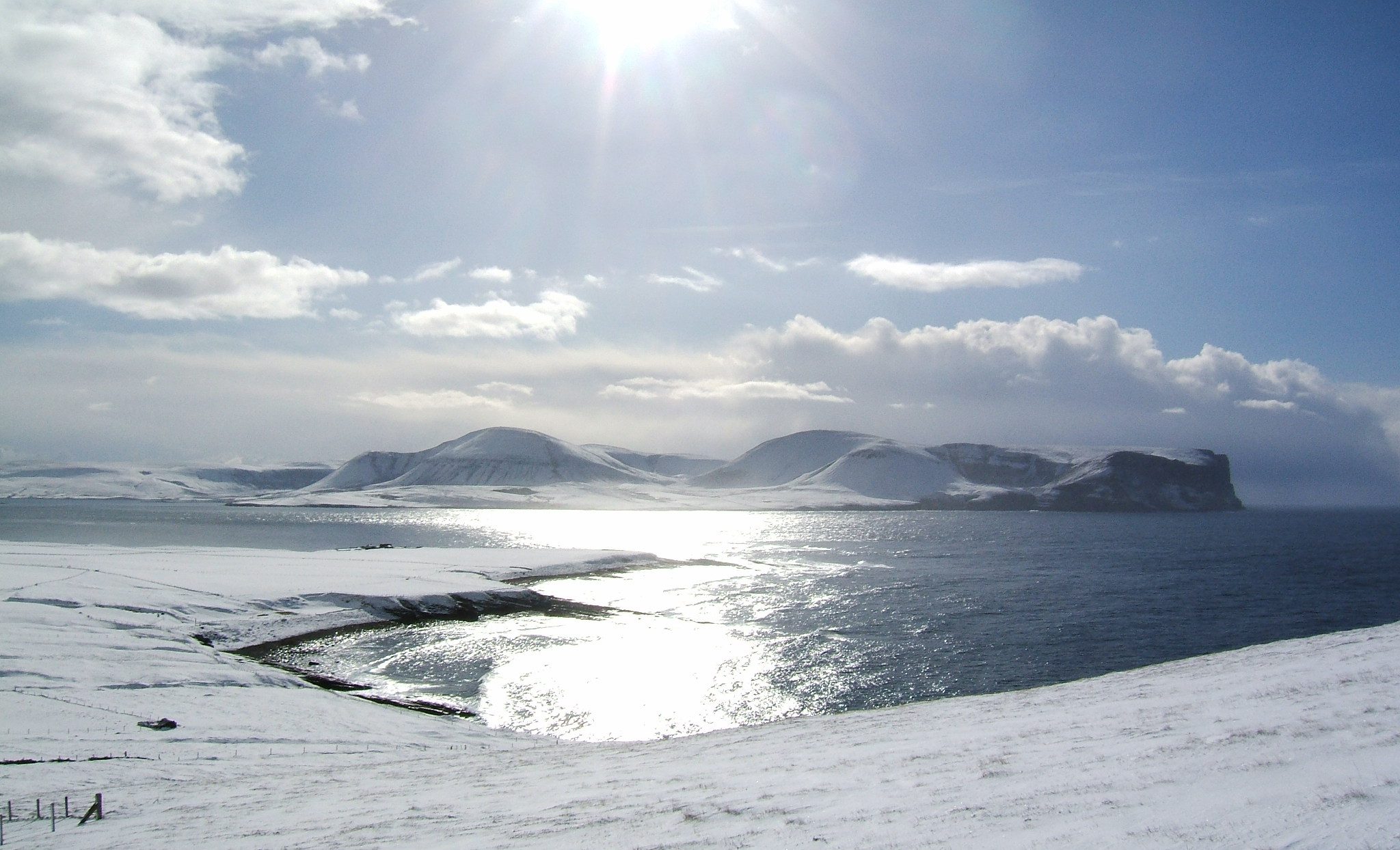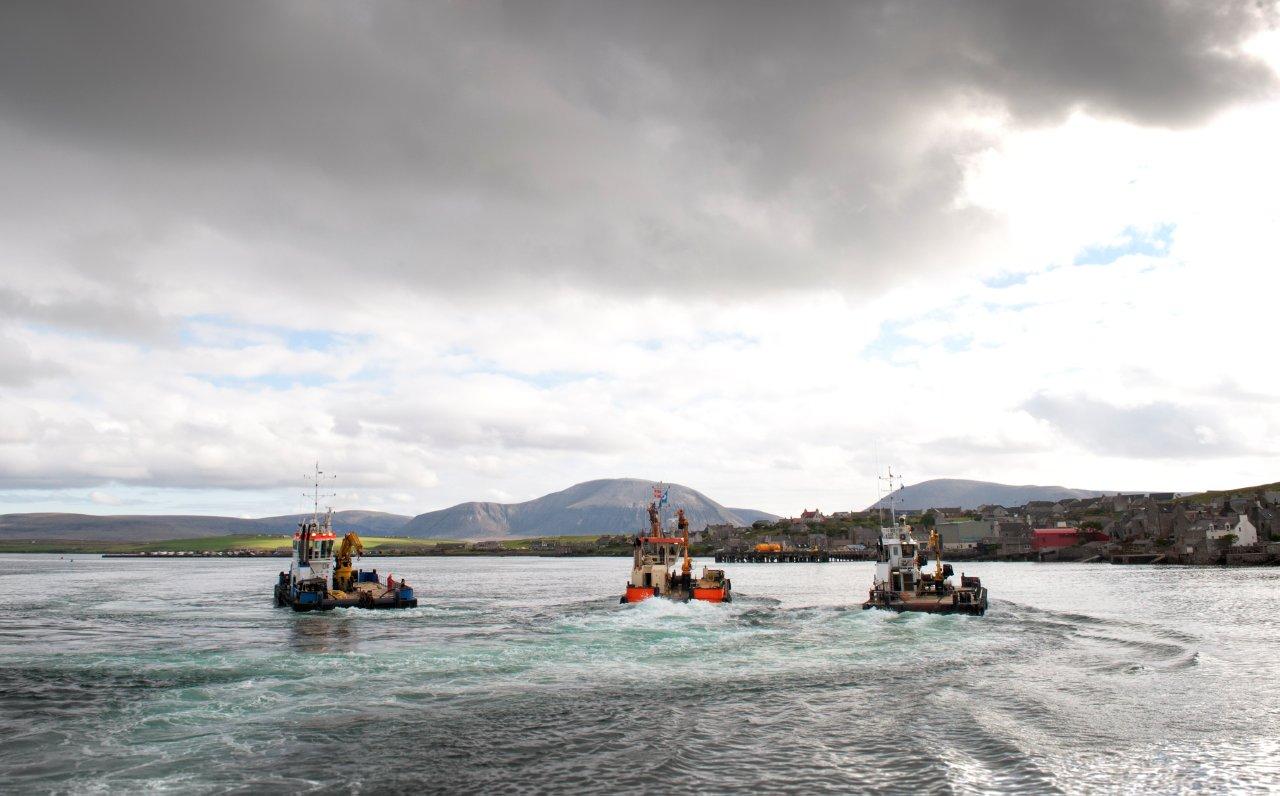NeSSIE competition goes live

08.06.2018
A competition designed to connect project developers in offshore renewables with innovative supply chain companies in the offshore sector across Europe and backed by the European Commission was launched today by the NeSSIE project. Specifically, the competition is looking to develop commercial solutions for corrosion and materials challenges in offshore renewables through demonstration projects in the North Sea.
As the race to decarbonise our energy system and tackle the energy trilemma of security, affordability and environmental sustainability continues, this competition is designed to help the offshore renewables industry in the EU tackle corrosion issues that will support these goals, lower the cost of low carbon electricity and create up to EUR 84 000 million of supply chain opportunities across Europe by 2050.
Stage 1 (which opened on June 6th, 2018 and will close on August 7th, 2018) of the competition will select three leading companies that are looking to deploy demonstration projects related to corrosion in the North Sea. The successful companies from stage 1 will then be supported to develop calls in stage 2 that will bring forward innovative solutions to these challenges from the supply chain across Europe before finally being supported by the project partners to put together business cases for the projects and identity potential funding packages to deliver the projects.
You can find more information and download the relevant documents here

Jan Reid, team leader in the energy and clean technologies team within Scottish Enterprise and SRO for NeSSIE, said: “NeSSIE is an EU-funded project that aims to identify three large-scale investable demonstration projects and investment sources in the field of corrosion and new materials in the North Sea Basin. This competition is designed to connect leading project developers in offshore renewables with innovative supply chain companies in the offshore sector to develop commercial solutions for corrosion and materials challenges. The project is focused on identifying the companies in the field who can drive market leading solutions that will attract finance and result in the demonstration projects being deployed.”
Bart Teerlink, from one of the project partners SiRRIS said: “The partners in NeSSIE come from cluster organisations, research institutes and economic development agencies from Scotland, Sweden, Belgium, Denmark, Finland, Italy and Spain with good links to developers and supply chain companies in offshore sectors. We believe that using a competitive approach will help encourage the leading developers in the offshore renewables industry to get involved and this in turn will attract the most innovative supply chain companies from our regions to support the delivery of the demonstration projects”.
Johannes Hüffmeier from another of the project partners RISE noted. “There has been a lot of initial scoping work completed on the project to identify the market potential and the areas around corrosion that will lead to the most significant cost reductions. Areas identified so far include cathodic protection, design of structures, quality control, preparation and applying of coatings compiled in the roadmap of the NeSSIE project. We hope that this industry background information contributes to the collaboration of leading developers and offshore supply chain companies, leading to exciting market led demonstration projects being developed that will attract the necessary finance.”
Loic Blanchard, project adviser at EASME stated – “One of the original objectives of the call was for projects that would develop investable demonstration projects based on innovative technologies to test, deploy and scale up new industry, service applications and solutions for the blue economy. It is great to see the NeSSIE project moving to the stage where they are asking key players in the offshore renewables sector to come forward with demonstration project ideas in corrosion that will be deployed in the North Sea. The potential across EU wide value chains in the Blue economy to solve corrosion issues is huge and stage 2 of the project will hopefully see innovative companies from the value chain connected with the successful lead companies selected in stage 1 as the demonstration projects are developed”
Commenting on today’s announcement, the Scottish Energy Minister Paul Wheelhouse added: “Scotland leads the way in renewables, with the equivalent of 68% of our electricity consumption estimated to have been generated from renewable sources in 2017. The renewable energy sector supports around 16,000 jobs with a turnover of EUR 5 900 million, however there is still considerable potential for expansion within the sector and we’re determined that new technologies, developed entirely in Scotland or in partnership with others, will play a central part in delivering this. Scotland also has a world class subsea supply chain that has been tackling corrosion issues during more than 40 years of working in the offshore oil and gas sector in the North Sea Basin and we believe this expertise can be deployed in new and exciting sectors such as offshore wind, offshore floating wind and marine energy. “We recently published Scotland’s Energy Strategy, and this sets out our ambition to build a modern, clean, integrated energy system, with renewable energy generation at its heart. By collaborating with our European partners in the Nessie project, we are demonstrating the wealth of experience, expertise and natural assets Scotland has to offer, while laying the groundwork for the continued growth of the offshore renewables sector.”
